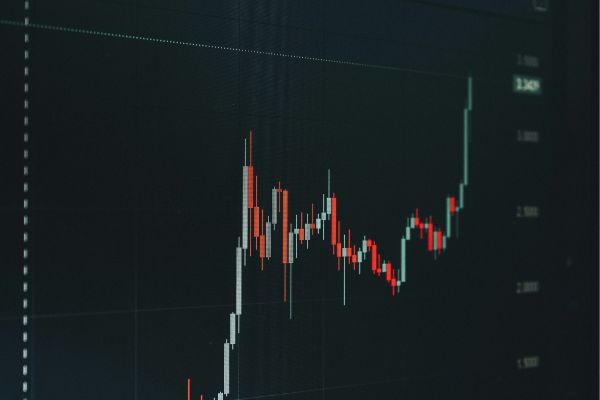Structured products are actively used in many markets as part of an investor’s portfolio. When a structured product is being considered, the sales and advice process tends to revolve around the merits of the individual product. This is a natural place to start because if the merits and positioning of the product do not meet an investor’s needs there is little need to consider it further.
Investor aims
For example whether the product is aiming for income or growth and if the level of risk is suitable are very important considerations. Also significant are whether the maturity profile matches (or at least does not exceed) the investor’s horizon, the nature of the asset class and choice of underlying to which the product is linked, and whether the complexity of the product is within the investor’s level of comfort. Other practical questions concern tax treatment, wrappers and recourse to compensation schemes.
Structured product selection
Establishing whether a product is viable with respect to these criteria can be thought of as an initial screening process. The investor then has the opportunity to invest in one or more such products to add to their portfolio. The second layer of assessment is to then compare different structured products available in the market. If they are similar it allows the investor to focus on their relative merits – such as yield, participation levels or credit strength of the issuer. Alternatively the products may be more fundamentally different in the market outcomes required to generate a favourable result or being linked to unrelated underlying assets.
Assessing effects in a portfolio
Measuring the effect of a structured product in a portfolio that consists of conventional investments such as cash, bonds, stocks and funds is not straightforward because of the non-linear returns of structured products and their fixed maturity. However it is important to do so, because it is then possible to see what the inclusion of a product does to the portfolio in terms of risk and return. In a portfolio of conventional assets it is possible to estimate investment return as measured by expected returns and volatility levels. From these metrics more advanced concepts such as risk adjusted returns, drawdowns and maximum or likely losses can be calculated.
It is undeniable that the addition of structured products somewhat complicate this task. This is not necessarily a bad thing - it is the compelling and unique features of structured products that they have in terms of the defined returns and alteration to an investor’s risk profile. This would not be possible by staying in the “delta-one” world.
The techniques needed to measure the effects of structured products in a portfolio have been developed in recent years aided by technology and increased sophistication of advisers and investors. This is a trend that should continue in the near future.
Risk control
Two of the key properties of structured products are risk control, particularly around capital protection and the aim of achieving returns greater than cash in broadly flat markets (the main goal of products such as auto-callables, reverse convertibles and digitals). Measuring both of these requires tools that go beyond the standard mean-variance framework of portfolio analysis that has been the mainstay of portfolio measurement since Markowitz introduced Modern Portfolio Theory in the 1950s.
Risk reduction by the use of structured products is not simply about decreasing volatility and measuring portfolio performance requires looking at the chance and likely magnitude of any capital loss. This is a little more complicated to do, particularly in considering measuring capital protection over time. However it is an important viewpoint as investors have consistently been shown to find the concept of volatility difficult, and they understand the importance of capital losses much better. This is not surprising, since losses are a first-order metric and volatility is second-order. Therefore it reasonable that portfolio measurement should address this thoroughly, whereas in fact portfolio measurement has tended to focus on the mean-variance approach for decades.
Market scenarios
Breaking out different market scenarios is also rather challenging but is important in considering how investments work in different circumstances. This is another aspect that is not entirely met by mean-variance analysis, and simply changing growth rates and assumptions does not address this completely. Intuition is also important here as investors understand what it might mean to be in a bull, bear, flat or other scenario. Such concepts tend to be backward looking, you do not know you are in a bull market until it is well established and then there is no guarantee of it continuing. Product and portfolio assessment must be forward looking to have the most benefit.
Conclusion
In conclusion to assist any investor that is looking at a structured product assessing the effect on a portfolio requires a more intelligent and sophisticated approach to investment measurement but one that is within reach and well worth the effort.
Tags: Structured Edge Investment Stress testing








